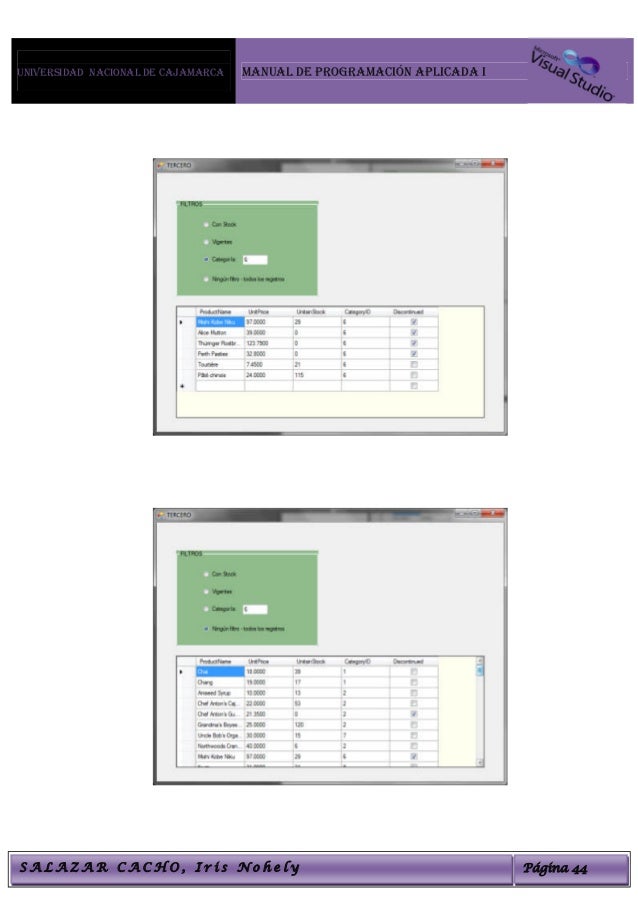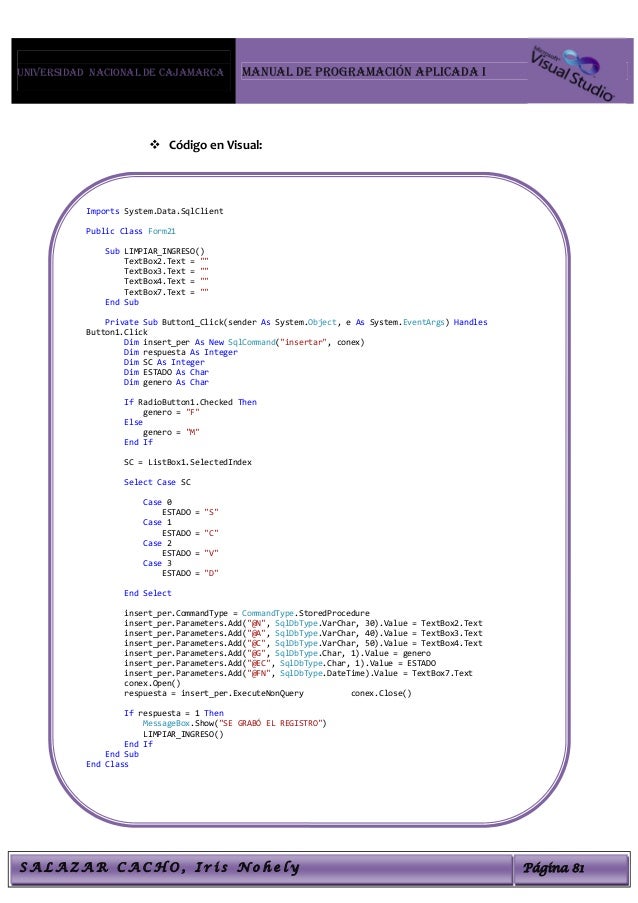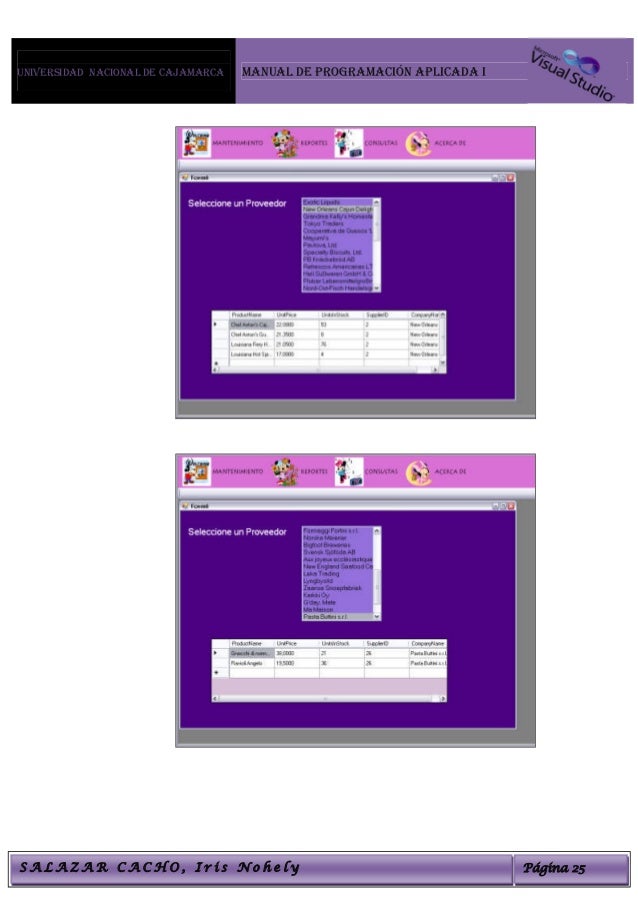

- VISUAL 2010 FINDINFILES INSTALL
- VISUAL 2010 FINDINFILES MANUAL
- VISUAL 2010 FINDINFILES VERIFICATION
- VISUAL 2010 FINDINFILES CODE
PVS-Studio analysis results tool window in Visual Studio 2008 You can manually start an analysis for a file, project or solution from the PVS-Studio menu in Visual Studio: Overall more than 160 kinds of errors are detected. PVS-Studio can detect general C++ errors (storing a pointer to a local variable outside the scope of the variable, buffer overflow, semicolon after if/for/while), 64-bit portability errors (conversions between memsize and 32-bit types, alignment rule changes, deprecated Win64 system calls) and OpenMP errors (missing parallel/omp/for keywords, data races, throw in a parallel section).
VISUAL 2010 FINDINFILES CODE
Reading others experiences (like John Carmack’s pursuit to static code analysis) can only prompt you to try it for yourself. Actually the only way to assess the usefulness of a static code analyzer for your project is to run it on your code. More fixed buffers, type casts and untyped functions like printf you use – more probably real errors will be found. The balance between found errors and spurious warnings greatly depends on your own codebase.
VISUAL 2010 FINDINFILES MANUAL
They can find certain kinds of errors in your code, but in practice for C++ most of the time they just suggest suspicious code fragments for manual review. Static analysis tools are a long term investment of time and money in code quality.
VISUAL 2010 FINDINFILES VERIFICATION
PVS-Studio by “Program Verification Systems” finds errors in your C++ code statically analyzing files in a Visual Studio solution. On the Behaviour tab of the configuration dialog you can adjust general options for the tool: DateTime depending on Time), Notify Property Weaver detects it and includes change notifications for this compound property as well: If you have a property that depends on other properties (e.g. Propert圜hangedEventHandler changedEventHandler = this.Propert圜hanged ĬhangedEventHandler((object) this, new Propert圜hangedEventArgs(propertyName)) Public virtual void OnPropert圜hanged(string propertyName) Private void TimerTick(object sender, EventArgs e) Public event Propert圜hangedEventHandler Propert圜hanged If (string.Equals(this.Time_BackingField, value)) Private Propert圜hangedEventHandler Propert圜hanged Internal class Clock : INotifyPropert圜hanged You can verify it by running the application or by analyzing the disassembled code produced, for example, by dotPeek:

When you press OK in the configuration dialog, your project will be updated and after the next build omitted ProjectChanged notifications will be added to your assembly. Notify Property Weaver configuration dialog Select the project in Solution Explorer and open Project – NotifyPropertyWeaver – Configure:
VISUAL 2010 FINDINFILES INSTALL
After you install Notify Property Weaver, you need to enable it for your project. Of course, more dynamic properties you have, more code is saved. Private void TimerTick(object sender, System.EventArgs e) Without definition for the Time property and without declaration of the time field: Now, if we had Notify Property Weaver installed, our Clock implementation could be simpler. Propert圜hanged(this, new 圜hangedEventArgs("Time")) Timer.Tick += new System.EventHandler(TimerTick) Public event 圜hangedEventHandler Propert圜hanged Implement the Clock class with the dynamically updated Time property:Ĭlass Clock : 圜hanged Hopefully it will help someone else out.In a new WPF project, add a label to the main window:

It's a small thing but it's handy to know where to go to use that option. You can then double click on any of the search results to go directly to that line of code. Simply hit the Find All button and you will see a list of results returned to you that match your criteria. This will open up a dialog box that will let you enter your search criteria. To find the option (excuse the pun!) all you need to do is hold Ctrl and Shift and press F or click on Edit -> Find and Replace -> Find In Files. The good news is that Visual Studio has a Find All built into it. The only option on the quick find is to 'find and replace all' which usually isn't what I want to do. I always thought that this was a feature missing in Visual Studio as there was no option on the 'Quick Find' (ctrl + F) to find all. One feature within Dreamweaver that I always found handy was the Find All option for finding all occurrences of the search criteria I had entered.

Before I moved over to Visual Studio I used to code in Dreamweaver.


 0 kommentar(er)
0 kommentar(er)
